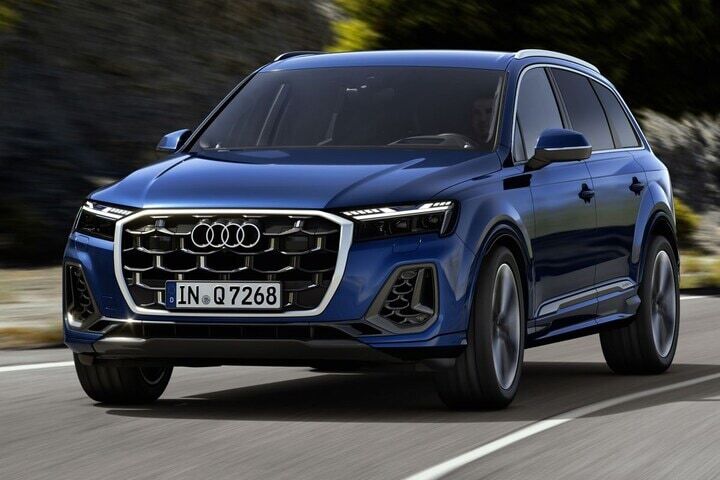
Bonnet height continues to increase
The increasing popularity of larger cars such as SUVs ensures that bonnet in Europe are getting higher.
This increases risks for pedestrians, in particular children, concludes a report from the European Federation for Transport and the Environment (T&E). A higher front reduces the view of drivers on small children right in front of the car.
With collisions, SUV’s adult pedestrians often get above the center of gravity, which makes vital organs hit and the chance is greater that victims will be thrown forward and run over. Smaller cars are lowering the body, which makes it a greater chance that pedestrians fall on the hood and roll to the side, which increases the chances of survival, according to T&E.
The average bonnet height in the EU has increased by 0.5 centimeters annually since 2010. Almost half of all new vehicles now have a bonnet height of more than 85 centimeters. That also means extra danger for cyclists, according to the report.
Bonnet Height Continues to Increase
The Increasing Popularity of Larger Cars Such As Suvs is causing bonnets to Become Increasingly High in Europe.
This Increases Risks for Pedestrianans, Especiate Children, Accordance to a Report by the European Federation for Transport and Environment (T&E). A Higher Front End Reducus the Visibility of Drivers to Small Children Directly in Front of the Car.
In Collisions, SUVS OfTEN HIT Adult Pedestrians Above the Center of Gravity, Hitting Vital Organans and Increasing the Likelihood That Victims Will Be Thrown Forward and Run. Smaller Cars Hit the Body Lower, Making It More Likely That Pedestrians Will Fall on the Bonnet and Roll to the Side, Increasing the Chances of Survival, Accordance to T&E.
The Average Bonnet Height in the EU HAS Increased by 0.5 centimeters Annually Since 2010. Almost Half or All New Vehicles Now have a Bonnet Height of More than 85 centimeters. This also mean extra danger for cyclists, accordance to the report.